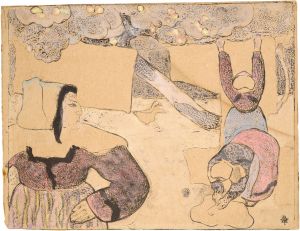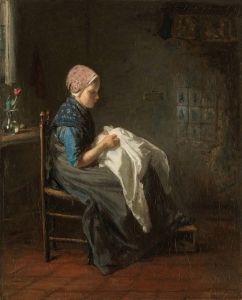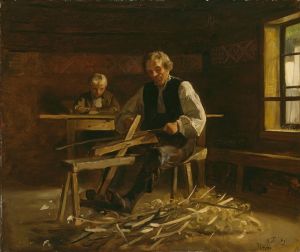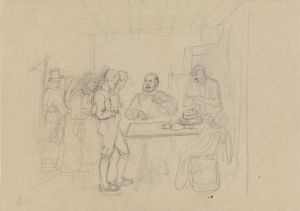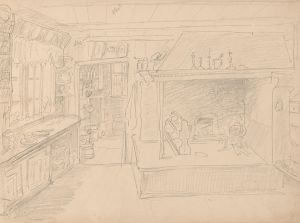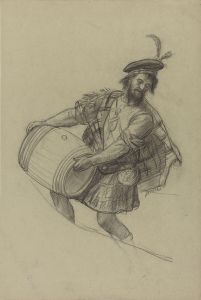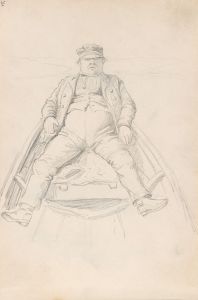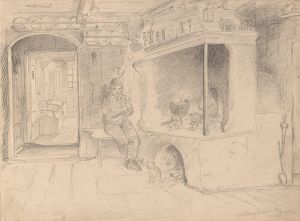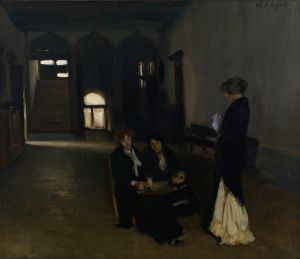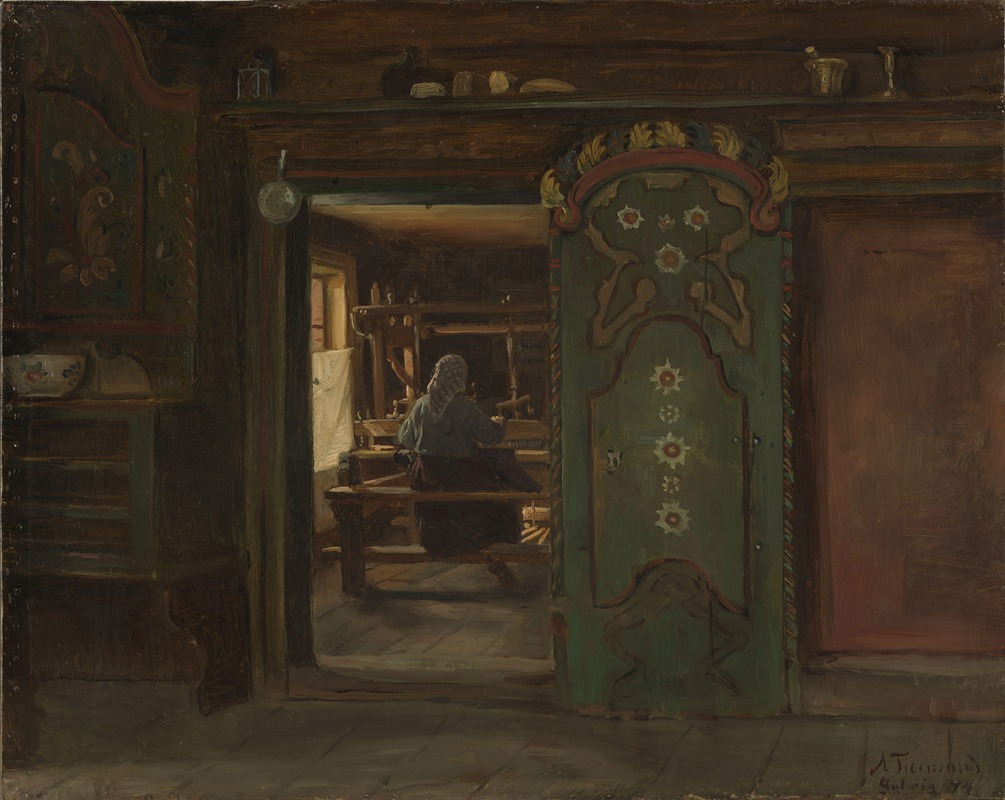
Woman at the Loom
A hand-painted replica of Adolph Tidemand’s masterpiece Woman at the Loom, meticulously crafted by professional artists to capture the true essence of the original. Each piece is created with museum-quality canvas and rare mineral pigments, carefully painted by experienced artists with delicate brushstrokes and rich, layered colors to perfectly recreate the texture of the original artwork. Unlike machine-printed reproductions, this hand-painted version brings the painting to life, infused with the artist’s emotions and skill in every stroke. Whether for personal collection or home decoration, it instantly elevates the artistic atmosphere of any space.
Adolph Tidemand was a prominent Norwegian painter in the 19th century, known for his detailed and evocative depictions of Norwegian rural life and folk culture. One of his notable works is "Woman at the Loom," which exemplifies his focus on traditional Norwegian themes and his skill in capturing the essence of everyday life during that period.
"Woman at the Loom" portrays a scene that was common in many Norwegian households of the time. The painting features a woman engaged in the act of weaving, a task that was integral to domestic life and the local economy. Weaving was not only a practical activity but also a cultural one, as it was often passed down through generations and involved the creation of textiles that were essential for clothing and other household needs.
Tidemand's attention to detail is evident in the way he captures the textures of the fabrics, the wood of the loom, and the woman's focused expression. The painting reflects the artist's commitment to realism and his desire to document the traditional ways of life that were rapidly changing during the 19th century due to industrialization and modernization.
The setting of the painting is likely a rural Norwegian home, characterized by its simplicity and functionality. The loom, a central element in the composition, is depicted with precision, highlighting its importance in the domestic sphere. The woman's attire and the interior of the room suggest a modest lifestyle, typical of rural communities in Norway at the time.
Tidemand's work is often associated with the National Romantic movement, which sought to celebrate and preserve national identity through art. By focusing on scenes like "Woman at the Loom," Tidemand contributed to a broader cultural effort to document and valorize Norwegian traditions and folklore. His paintings served as a visual record of a way of life that was increasingly under threat from the forces of change.
"Woman at the Loom" is not just a depiction of a domestic task; it is a tribute to the skill and dedication of women who played a crucial role in maintaining the household and preserving cultural practices. Tidemand's respectful portrayal of his subject reflects his appreciation for the cultural significance of such everyday activities.
Adolph Tidemand's works, including "Woman at the Loom," are held in high regard for their historical and cultural value. They provide insight into the lives of ordinary people in 19th-century Norway and serve as a reminder of the rich cultural heritage of the country. Tidemand's ability to capture the spirit of his time with authenticity and empathy has secured his place as one of Norway's most important artists.
Overall, "Woman at the Loom" is a testament to Tidemand's artistic talent and his dedication to preserving the cultural history of Norway through his art. The painting remains an important piece in the study of Norwegian art and culture, offering viewers a glimpse into the past and the enduring legacy of traditional crafts.





